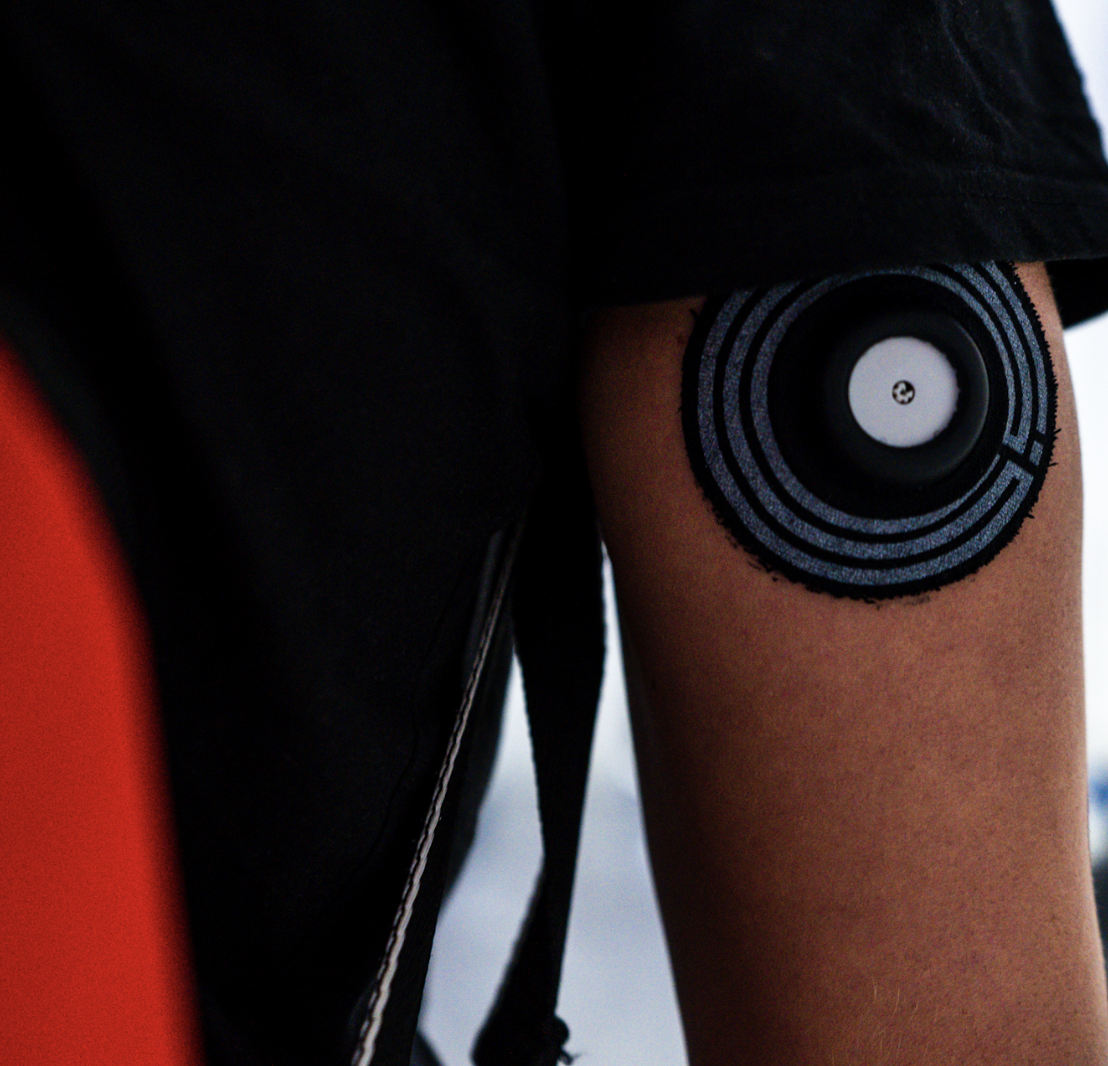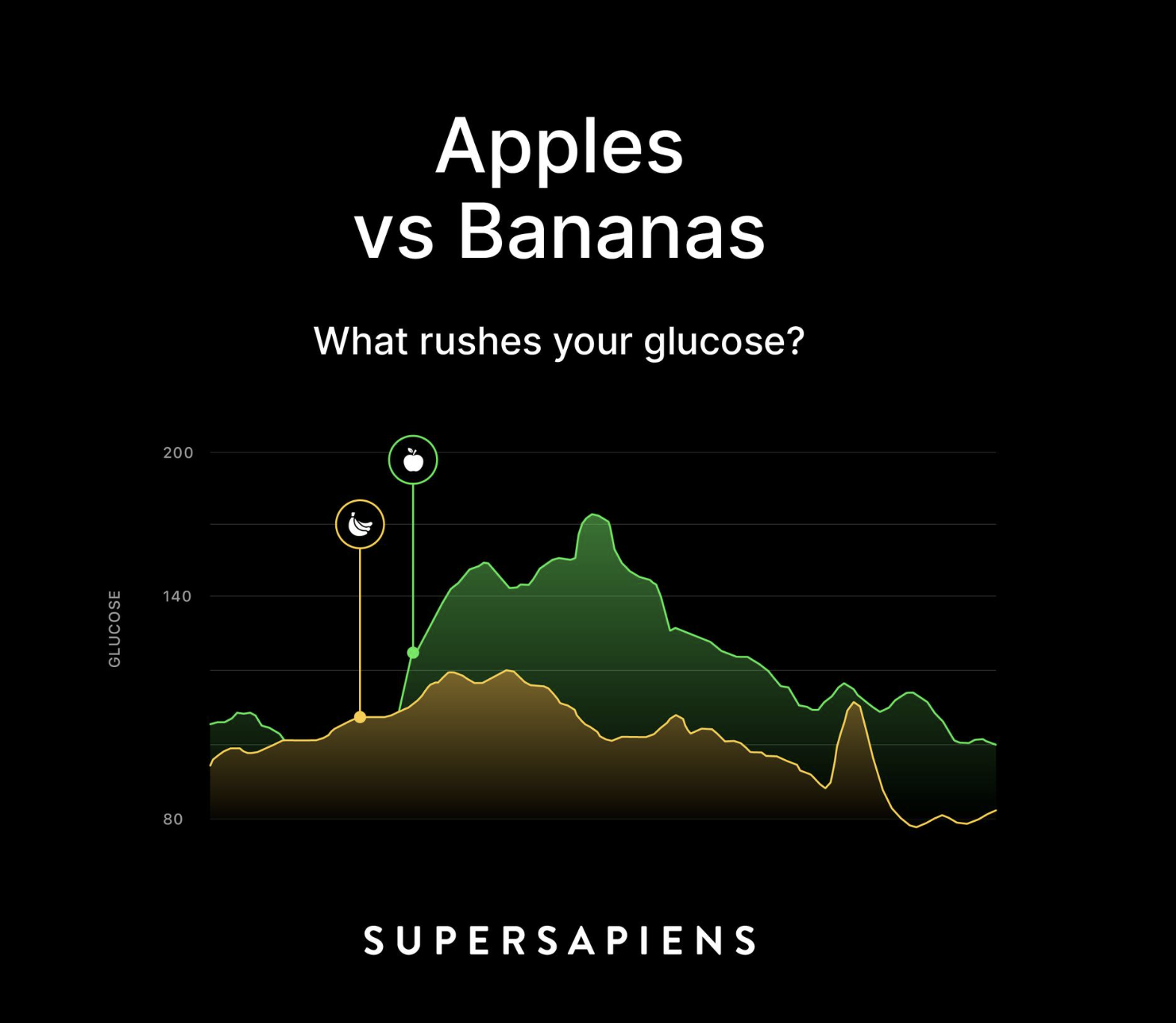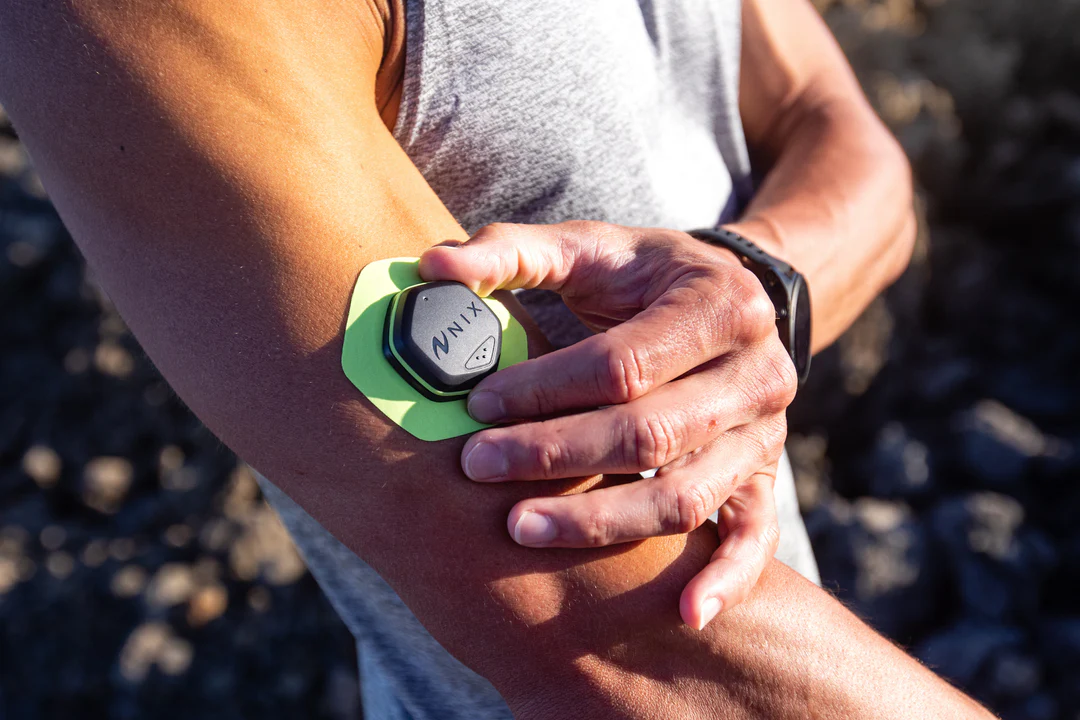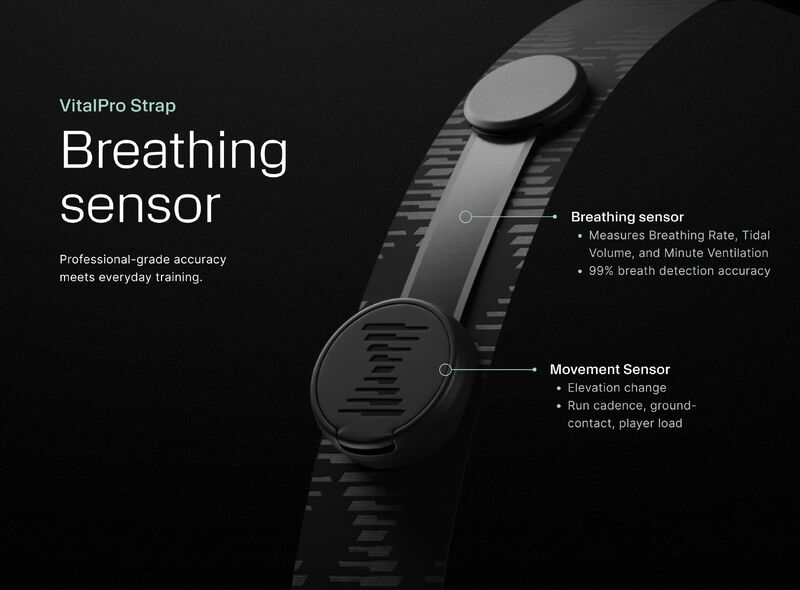While power and heart rate monitors have long been staples in endurance sports, a new generation of bio-sensors is emerging—offering a window into the body's internal processes. These tools are beginning to reshape the way we coach, train, and race.
At ProCyclingCoaching, we’ve already begun investigating how these sensors can integrate into athletes programs to move from "guessing" to precision coaching.
1. Glucose Monitors (CGMs)
Main Benefit: Real-time fueling feedback & energy crash prevention
Practical Coaching Use:
Continuous Glucose Monitors (CGMs) show how blood sugar levels respond to training intensity and carbohydrate intake. For example:
- A stable glucose trend during an endurance ride suggests balanced fat and carb use.
- A sharp dip indicates under-fueling and signals the need for immediate carb intake.
- Elevated glucose during rest could point to poor recovery or stress.
We’ve used CGM data to adjust an athlete’s carb timing mid-race, shifting from reactive to proactive fueling—often avoiding the dreaded bonk entirely. It also helps tailor pre-race meals, ensuring glucose peaks at the right time.


2. Hydration & Sweat Sensors
🔗 Nix Hydration Patch | Flowbio
Main Benefit: Optimized hydration & cramp prevention
Practical Coaching Use:
These sensors measure sweat rate, sodium loss, and hydration status in real time. We use the Nix patch on hot training days to:
- Detect when an athlete is approaching a dangerous level of fluid loss.
- Estimate personalized fluid + sodium intake needs based on real-time sweat rate.
- Refine race hydration plans with lab-like data on the road.
For athletes who cramp frequently or underperform in the heat, hydration sensors provide a data-driven solution, eliminating trial and error.

3. Real-Time Lactate Monitoring (Emerging)
Main Benefit: Precise threshold and fatigue tracking in real time
Practical Coaching Use (Future-Oriented):
Currently, lactate testing requires stopping the ride for finger-prick samples. But the future is non-invasive lactate sensors that:
- Track lactate accumulation continuously
- Identify exact threshold transitions (aerobic → anaerobic)
- Detect fatigue earlier than heart rate or RPE
Imagine being able to tell an athlete during an interval session, in real time, when they’re exceeding lactate clearance—without stopping the workout. This will redefine how we test, pace, and design training.
4. Breathing Sensors
🔗 Tymewear
Used by teams like Visma–Lease a Bike (formerly Jumbo–Visma)
Main Benefit: Precision in pacing, respiratory efficiency, and stress monitoring
Practical Coaching Use:
Breathing sensors give us a direct view of the respiratory system—a system often overlooked in traditional training metrics. Teams like Visma–Lease a Bike have used these to monitor ventilation rate, tidal volume, and breathing frequency in real-time. These insights allow coaches to:
- Detect early signs of fatigue before power or heart rate declines
- Adjust pacing strategies based on respiratory strain
- Optimize respiratory efficiency, especially in time trials or high-altitude conditions
For example, if an athlete's breathing rate is disproportionately high for a given power output, it can indicate:
- Poor aerobic conditioning
- Overreaching or illness
- Suboptimal bike position affecting ventilation

The Future: Unified, Seamless Wearables
The real innovation will come from smart textiles or unified patches that integrate all of the above—without athletes even noticing. Once that’s achieved, we’ll be able to monitor:
- Fueling habits (glucose)
- Threshold shifts (lactate)
- Hydration status
- Metabolic strain and recovery
Used strategically, these devices won’t be for everyday use but will revolutionize how we approach key sessions and races.
Final Thoughts
We're entering an era where data isn’t just about what you produce, but about how your body responds internally. These new sensors allow us to coach more precisely, optimize performance with confidence, and reduce the guesswork around fueling and fatigue.
At ProCyclingCoaching, we’re excited to be part of this shift—integrating next-gen tech with world-class coaching.


.jpeg)



